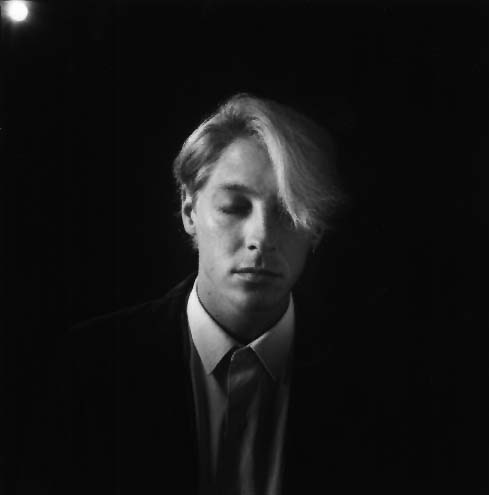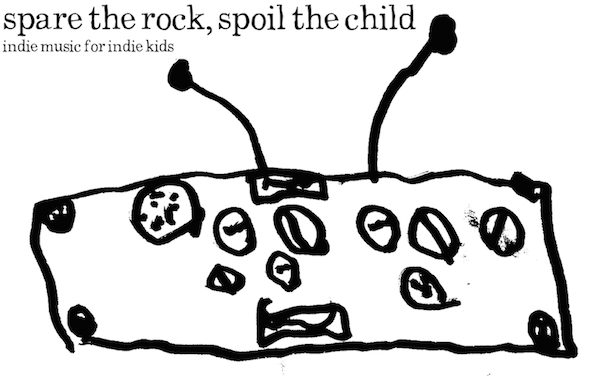I like cows.
Dec 07
That’s the main message in this fun (if a bit dated) video from The Suburbs:
The Suburbs were the first band I really ever saw live, and definitely the first band I saw in a club. It was 1987 and the first time they broke up, and they were doing two farewell shows at First Avenue — one all-ages, one 21+. I didn’t yet have my license (so it must have been spring of 1987) and I managed to convince an older friend to drive me and at least one other license-less friend to the show. The license-free friend and I had made homemade Suburbs t-shirts with white t-shirts, spray paint, and cardboard stencils we cut out. Those fumes probably weren’t that good for me. The older friend didn’t want to be amongst the chaos that was the pit and so she stayed up in the balcony, if memory serves. In retrospect, that was probably obnoxious of me to ditch her, but I wanted to be in the teeming masses.
It was a revelation. The Suburbs were insane live — big, raucous, loud, funny, wild, intense, playful. (Their Wikipedia entry describes their shows as “muscular and funky.” Those are good adjectives too.) And First Avenue was (to me) huge, mysterious, sweaty, a little scary, and so very grown-up. I’d seen the ‘Burbs a few times previously, but at places like the Withrow Ballroom, or there was some dinner theater that occasionally booked rock and punk shows.
This was different. The level of energy that a crowd can create there (or other places, but I’ve never seen it as consistently as there) was something of note. That feeling, in retrospect, is certainly why I kept going to shows at First Avenue every chance I could (here’s a list of 50 or so I could find on a particular list; I bet I saw at least twice that many eventually), and to see the Suburbs every time they reunited (which was fairly regularly), including their 1993 reunion that was commemorated on Viva! Suburbs! I’m constantly hoping to get that feeling you get from a really great live show — not just good, but great — that comes from the combination of band and crowd. Doesn’t happen often — in the last few years, I’d name The Hold Steady, the Deedle Deedle Dees, TMBG, Sharon Jones, The Thermals, Michael Franti and maybe a few others as having hit that feeling…but not many more.
 Bruce C. Allen, the Suburbs’ guitarist — who got less attention than Chan Poling (who now plays in the New Standards, who we play on the show fairly regularly) and Beej Chaney, but who was absolutely central to the band’s sound and show — will be taken off of life support tonight after being ill for a number of years. In addition to his work with the ‘Burbs, Allen also was a visual artist, including being responsible for the art for the Replacements’ iconic Let It Be and Twin/Tone Records’ logo. I never knew him — never even met anyone from the band, though I remember that Beej spit on me from the stage at that first farewell show (he wasn’t aiming at me) — but it still feels like a loss.
Bruce C. Allen, the Suburbs’ guitarist — who got less attention than Chan Poling (who now plays in the New Standards, who we play on the show fairly regularly) and Beej Chaney, but who was absolutely central to the band’s sound and show — will be taken off of life support tonight after being ill for a number of years. In addition to his work with the ‘Burbs, Allen also was a visual artist, including being responsible for the art for the Replacements’ iconic Let It Be and Twin/Tone Records’ logo. I never knew him — never even met anyone from the band, though I remember that Beej spit on me from the stage at that first farewell show (he wasn’t aiming at me) — but it still feels like a loss.
We’ll play a song or two from the ‘Burbs this Saturday. That’s why. And watch “Cows” with your kids. It’s safe for them, pretty funny, and a great little song. So is “Rattle My Bones,” which is best listened to loudly. (And, yes, if you talk to me and I don’t hear you, it’s at least due to seeing the Suburbs without earplugs. Don’t tell anyone — especially those nice folks behind the protect-kids’-ears campaign “Listen to Your Buds” or whatever — but it was worth it. Absolutely.)
Read More


